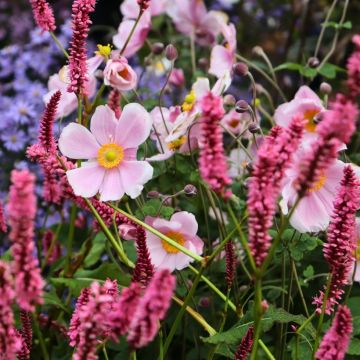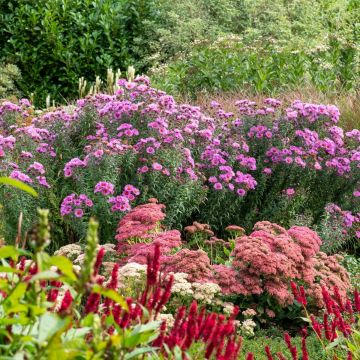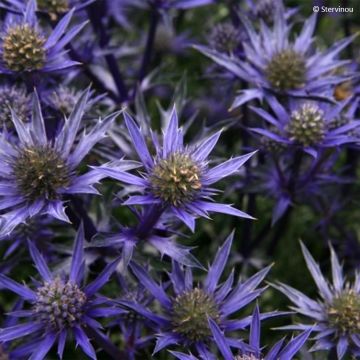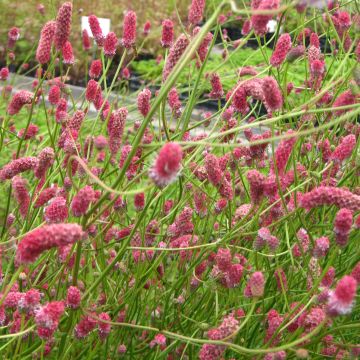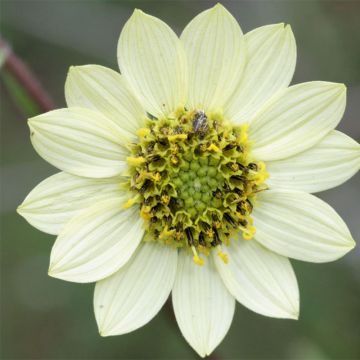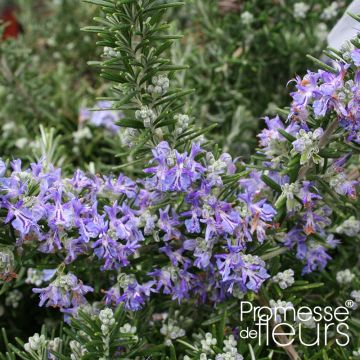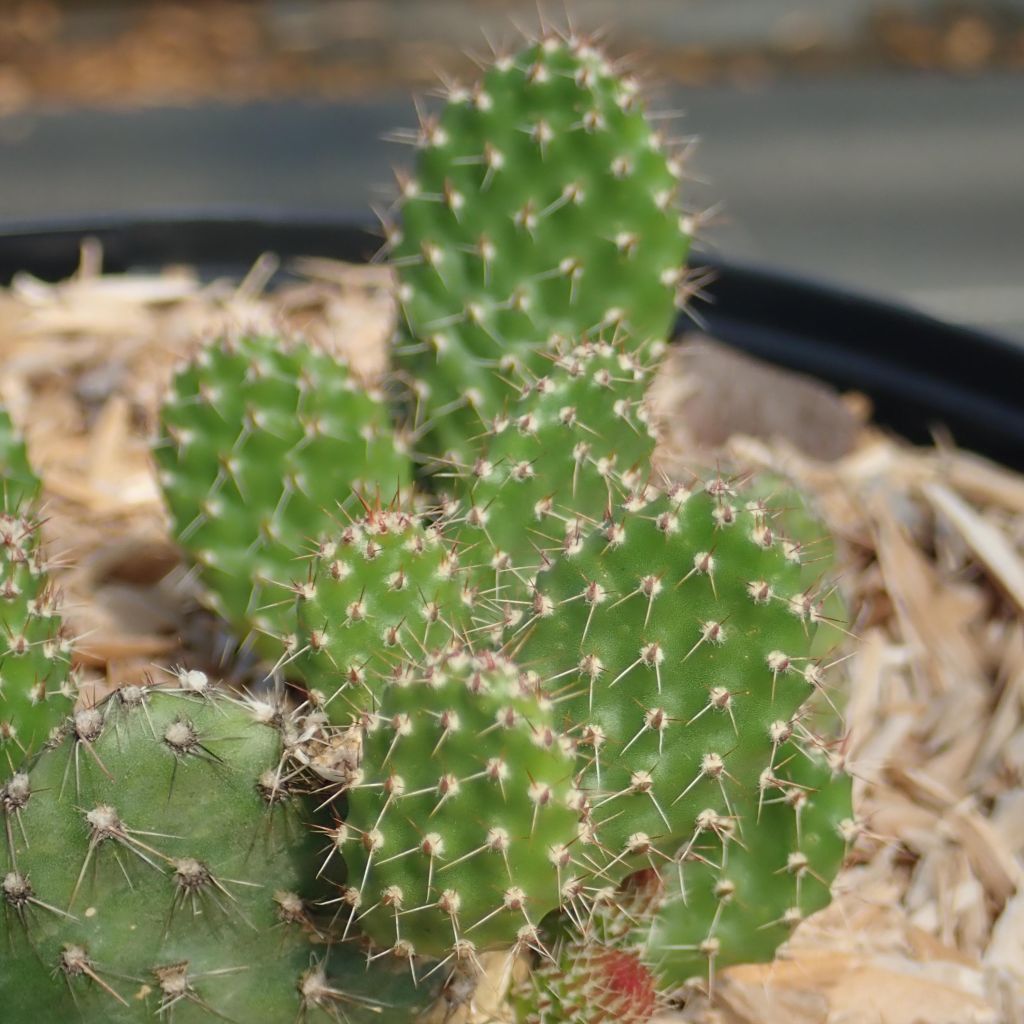

Opuntia ou Airampoa Orurensis


Opuntia ou Airampoa Orurensis


Opuntia ou Airampoa Orurensis


Opuntia ou Airampoa Orurensis
Airampoa soehrensii Orurensis
Airampoa soehrensii
Soehrensii Prickly Pear, Soehrens' Prickly Pear
Special offer!
Receive a €20 voucher for any order over €90 (excluding delivery costs, credit notes, and plastic-free options)!
1- Add your favorite plants to your cart.
2- Once you have reached €90, confirm your order (you can even choose the delivery date!).
3- As soon as your order is shipped, you will receive an email containing your voucher code, valid for 3 months (90 days).
Your voucher is unique and can only be used once, for any order with a minimum value of €20, excluding delivery costs.
Can be combined with other current offers, non-divisible and non-refundable.
Why not try an alternative variety in stock?
View all →This plant carries a 12 months recovery warranty
More information
We guarantee the quality of our plants for a full growing cycle, and will replace at our expense any plant that fails to recover under normal climatic and planting conditions.
Would this plant suit my garden?
Set up your Plantfit profile →
Description
The Opuntia or Airampoa soehrensii 'Orurensis', sometimes called Tunilla Orurensis, is a small succulent plant closely related to prickly pears, which is still rare in cultivation. It has a prostrate habit and develops numerous small fleshy and heavily prickly pads or articles and produces beautiful yellow cactus flowers in spring or summer. Well adapted to pot culture, it is also a good plant for dry rock gardens and arid slopes in not too cold climates.
The Airampoa Orurensis, from the cactus family, is a succulent plant devoid of true leaves. This subspecies is native to the Bolivian Andes, where it is found growing in colonies up to an altitude of 3780 m (12402ft). Adapted to very poor rocky soils and arid climates, it is also capable of withstanding short frosts of around -8 to -10°C (17.6 to 14°F) in well-drained or even dry soil.
This is a prostrate plant that rarely exceeds 25 cm (10in) in height and forms a compact cushion of about 50 - 60 cm (20 - 24in) in diameter. Its vegetation consists of multiple flattened, fleshy and thick branches. These segments are sometimes called pads or articles. The skin is punctuated with tiny tufts of countless acute prickle-like structures called glochidia, which can be particularly unpleasant when handled. These glochidia are also armed with very long, hard and pointed spines. Flowering occurs from May to early July, depending on the climate. Cup-shaped flowers mostly yellow in color, but sometimes orange, red, carmine red to violet red or rarely white, depending on the clones, are formed on the periphery of the pads. The flowers have thin, slightly wrinkled petals. The fruits are pear-shaped, ripening to a red color. The red flesh is locally used as a dye for textiles.
This Opuntia naturally finds its place in a pot on a terrace or in a rock garden, a gravel bed, an arid and sunny slope. In cold regions, the plant should be brought indoors to a cold greenhouse or a minimally heated conservatory. Its very exotic appearance suits well in a mineral and austere setting, as it does not tolerate shade from larger or more prolific perennials: reserve a clear location for it, in full sun. Protect your hands with thick disposable gloves (due to the formidable spines and glochidia) for regular weeding. It can be associated with small agaves, aloes, Hesperaloe parviflora, small yuccas as well as montane cushion plants or dryland plants such as thymes and sedums.
Airampoa soehrensii Orurensis in pictures


Flowering
Foliage
Plant habit
Botanical data
Airampoa
soehrensii
Cactaceae
Soehrensii Prickly Pear, Soehrens' Prickly Pear
Opuntia soehrensii, Tunilla soehrensii, Opuntia orurensis
South America
Other Perennials A to Z
View all →Planting and care
Install Opuntia or Airampoa in spring or early autumn, in full sun, in poor soil, even stony and rocky, limestone, sandy, but very well-drained. It tolerates poorly the competition from weeds or large perennials that overshadow it and promote the presence of gastropods, fond of its young shoots. It can withstand up to -8 or -10°C (17.6 or 14°F) for a short period of time if planted in a porous soil and in an open position. It appreciates dry soils, even arid in summer and winter, and is not afraid of heatwaves. There are no known enemies under our latitudes, except for the presence of slugs and snails in excessive numbers.
Propagation by cutting of prickly pear is very easy: take a segment at a junction, place it on a cactus-type substrate for a few days until a healing callus forms. Then bury the base of the cutting a little deeper into the soil and water regularly. The plant will not flower or bear fruit until it is 2 years old.
Handle your cacti with gloves and protective goggles.
Planting period
Intended location
Care
Planting & care advice
This item has not been reviewed yet - be the first to leave a review about it.
Similar products
Haven't found what you were looking for?
Hardiness is the lowest winter temperature a plant can endure without suffering serious damage or even dying. However, hardiness is affected by location (a sheltered area, such as a patio), protection (winter cover) and soil type (hardiness is improved by well-drained soil).

Photo Sharing Terms & Conditions
In order to encourage gardeners to interact and share their experiences, Promesse de fleurs offers various media enabling content to be uploaded onto its Site - in particular via the ‘Photo sharing’ module.
The User agrees to refrain from:
- Posting any content that is illegal, prejudicial, insulting, racist, inciteful to hatred, revisionist, contrary to public decency, that infringes on privacy or on the privacy rights of third parties, in particular the publicity rights of persons and goods, intellectual property rights, or the right to privacy.
- Submitting content on behalf of a third party;
- Impersonate the identity of a third party and/or publish any personal information about a third party;
In general, the User undertakes to refrain from any unethical behaviour.
All Content (in particular text, comments, files, images, photos, videos, creative works, etc.), which may be subject to property or intellectual property rights, image or other private rights, shall remain the property of the User, subject to the limited rights granted by the terms of the licence granted by Promesse de fleurs as stated below. Users are at liberty to publish or not to publish such Content on the Site, notably via the ‘Photo Sharing’ facility, and accept that this Content shall be made public and freely accessible, notably on the Internet.
Users further acknowledge, undertake to have ,and guarantee that they hold all necessary rights and permissions to publish such material on the Site, in particular with regard to the legislation in force pertaining to any privacy, property, intellectual property, image, or contractual rights, or rights of any other nature. By publishing such Content on the Site, Users acknowledge accepting full liability as publishers of the Content within the meaning of the law, and grant Promesse de fleurs, free of charge, an inclusive, worldwide licence for the said Content for the entire duration of its publication, including all reproduction, representation, up/downloading, displaying, performing, transmission, and storage rights.
Users also grant permission for their name to be linked to the Content and accept that this link may not always be made available.
By engaging in posting material, Users consent to their Content becoming automatically accessible on the Internet, in particular on other sites and/or blogs and/or web pages of the Promesse de fleurs site, including in particular social pages and the Promesse de fleurs catalogue.
Users may secure the removal of entrusted content free of charge by issuing a simple request via our contact form.
The flowering period indicated on our website applies to countries and regions located in USDA zone 8 (France, the United Kingdom, Ireland, the Netherlands, etc.)
It will vary according to where you live:
- In zones 9 to 10 (Italy, Spain, Greece, etc.), flowering will occur about 2 to 4 weeks earlier.
- In zones 6 to 7 (Germany, Poland, Slovenia, and lower mountainous regions), flowering will be delayed by 2 to 3 weeks.
- In zone 5 (Central Europe, Scandinavia), blooming will be delayed by 3 to 5 weeks.
In temperate climates, pruning of spring-flowering shrubs (forsythia, spireas, etc.) should be done just after flowering.
Pruning of summer-flowering shrubs (Indian Lilac, Perovskia, etc.) can be done in winter or spring.
In cold regions as well as with frost-sensitive plants, avoid pruning too early when severe frosts may still occur.
The planting period indicated on our website applies to countries and regions located in USDA zone 8 (France, United Kingdom, Ireland, Netherlands).
It will vary according to where you live:
- In Mediterranean zones (Marseille, Madrid, Milan, etc.), autumn and winter are the best planting periods.
- In continental zones (Strasbourg, Munich, Vienna, etc.), delay planting by 2 to 3 weeks in spring and bring it forward by 2 to 4 weeks in autumn.
- In mountainous regions (the Alps, Pyrenees, Carpathians, etc.), it is best to plant in late spring (May-June) or late summer (August-September).
The harvesting period indicated on our website applies to countries and regions in USDA zone 8 (France, England, Ireland, the Netherlands).
In colder areas (Scandinavia, Poland, Austria...) fruit and vegetable harvests are likely to be delayed by 3-4 weeks.
In warmer areas (Italy, Spain, Greece, etc.), harvesting will probably take place earlier, depending on weather conditions.
The sowing periods indicated on our website apply to countries and regions within USDA Zone 8 (France, UK, Ireland, Netherlands).
In colder areas (Scandinavia, Poland, Austria...), delay any outdoor sowing by 3-4 weeks, or sow under glass.
In warmer climes (Italy, Spain, Greece, etc.), bring outdoor sowing forward by a few weeks.
































